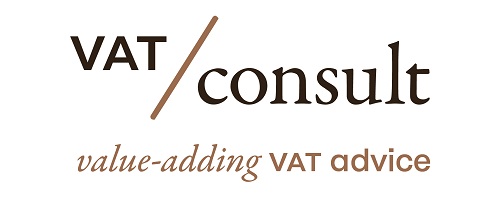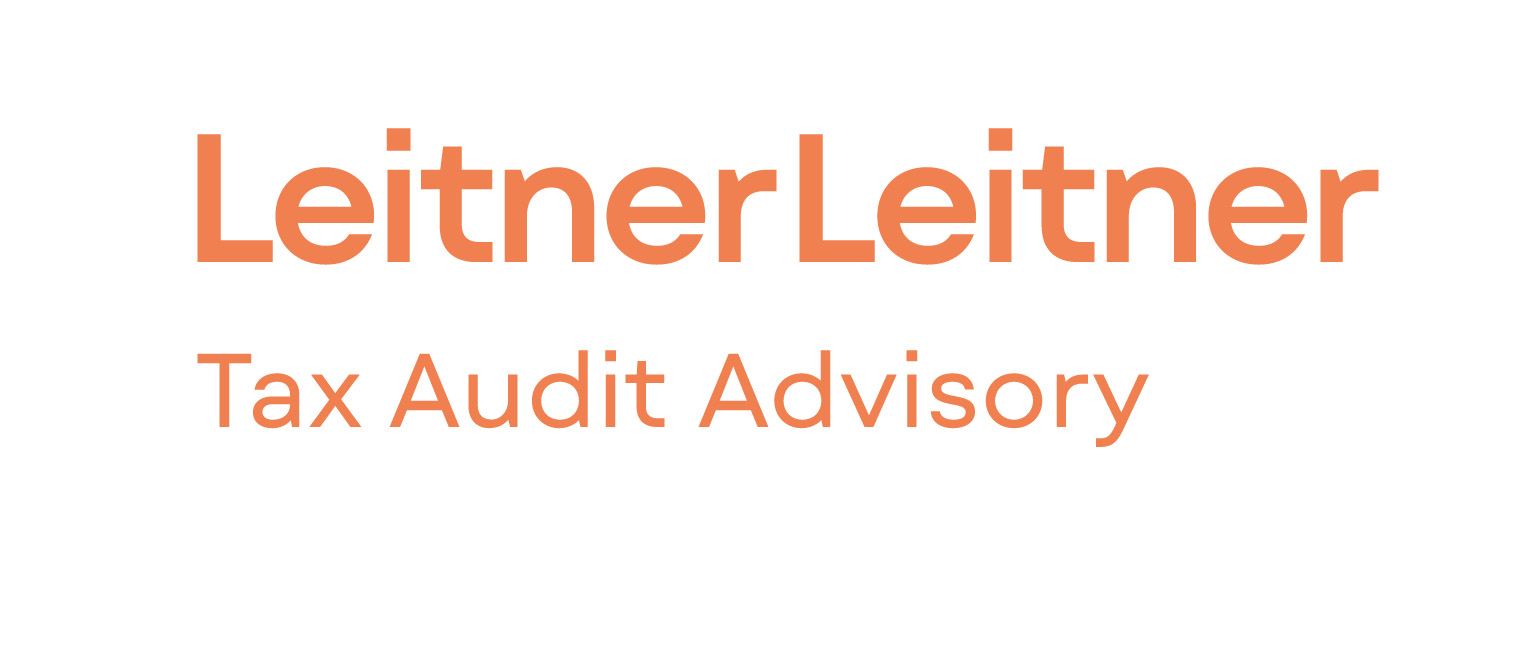France, Italy, Poland. What do these countries have in common? First of all, they are all members of the EU. And second, among many other similarities, they all requested and obtained a derogation to articles 218 and 232 of the 2006 EU VAT directive in order to be able to implement mandatory e-invoicing.
In this blogpost, we want to discuss how the EU derogation system works and why it is so important. In order to have a better understanding of the matter, we will first focus on the European VAT directive of 2006. This will help us to understand the articles that need to be derogated in order to implement mandatory B2B e-invoicing and how the approval from the European Commission and Council works.
Source Summitto
Latest Posts in "European Union"
- CEN Approves Revised EN 16931: A Milestone for ViDA Implementation
- Successful Implementation of VAT in the Digital Age (ViDA) Discussed with Commissioner Hoekstra
- General Court T-638/24 (D GmbH) – AG Opinion – VAT on Intra-Community Acquisitions Not Precluded by Errors
- Commission Backs Italy’s VAT Derogation on certain vehicles Through 2028
- Comments on GC T‑575/24 – AG – Contrary to EU law if services provided to members are regarded as internal acts














